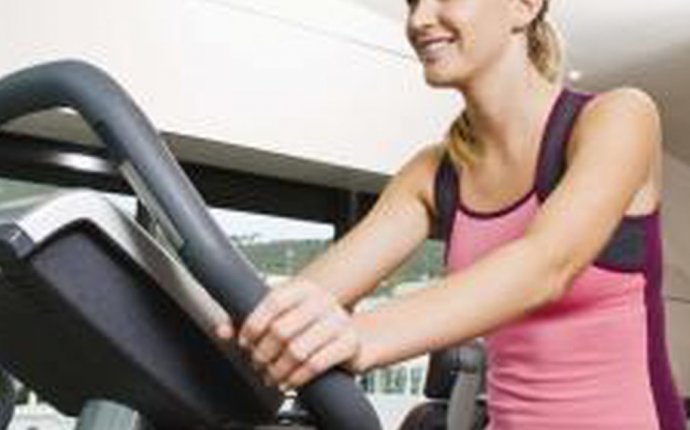
Best non weight bearing exercise
 Read on to learn more about our top six non-weight-bearing exercises for people with lower leg injuries.
Read on to learn more about our top six non-weight-bearing exercises for people with lower leg injuries.
- Swimming Laps in the Pool When you stand in waist-deep water, your skeletal system only has to bear half of what you actually weigh. Once the water reaches your chest, your body weight drops by 75 percent. Once it reaches your neck, it drops by 90 percent. You get the picture—you give your skeletal system a rest when you swim. Swimming also builds muscular and cardiovascular strength. It’s one of the best ways to improve your overall fitness.
- Arm Cycling If you can ride a stationary bike with your lower leg injury, by all means, pedal away. If you can’t, choose the arm cycle. It’s an effective replacement activity for traditional biking, allowing you to maintain and potentially improve your cardiovascular health.
- Paddling a Canoe or Flatwater Kayak When you sit in a canoe or a kayak, you can rest your legs. However, your arms, shoulders, upper back, and abdominal muscles get a major workout. Every stroke is like a dumbbell row. Your abs contract. Your back, arms, and shoulders pull weight. In addition to your body and core gaining strength, paddling is an excellent cardiovascular exercise.
- Performing Spine-Strengthening Yoga Poses Your downward-facing dog asana might not be at its best as you recover from a lower leg injury. That’s because, despite the remarkable stretching benefits of standing yoga poses, you need to be able to put most of your body weight on your legs. Since that might not be an option for you right now, it’s time to focus on asanas that allow you to sit or lie down. The good news is these poses focus on strengthening your spine and abdominal muscles and stretching your back muscles. Over time, seated and lying poses can help you improve your balance and posture.
- Doing Pilates Pilates strengthens your core and increases your mobility. It can be an intense cardiovascular workout as well. If you do decide to pursue Pilates, start with a class. Meet the instructor before the class and explain the nature of your injury. Pilates uses modified poses for students with different levels of experience and fitness. Your instructor can show you some of the modified poses before class, so that you can keep up with the rest of the students. Like yoga, Pilates simultaneously stretches and strengthens.
 It teaches you to coordinate your inhalations and exhalations with the flexion and extension of each movement you perform. As a side benefit, these breathing techniques help you lower your heart rate, manage your anxiety, and increase your relaxation.
It teaches you to coordinate your inhalations and exhalations with the flexion and extension of each movement you perform. As a side benefit, these breathing techniques help you lower your heart rate, manage your anxiety, and increase your relaxation.
6. Lifting Upper Body Weights You only need your arms to lift dumbbells and barbells. You can bench-press. You can do seated rows. You can do overhead presses. There are a hundred or more dumbbell and barbell weight-lifting exercises you can do in the gym to get your heart rate going and strengthen your upper body. Your leg injury might prevent you from strength training your lower body, but it shouldn’t give you an excuse neglect your upper body. Review this list of non-weight-bearing exercise to maintain your fitness as you recover from injury. To learn more about how you can increase your mobility as you recover, contact a mobility solutions
Share:








